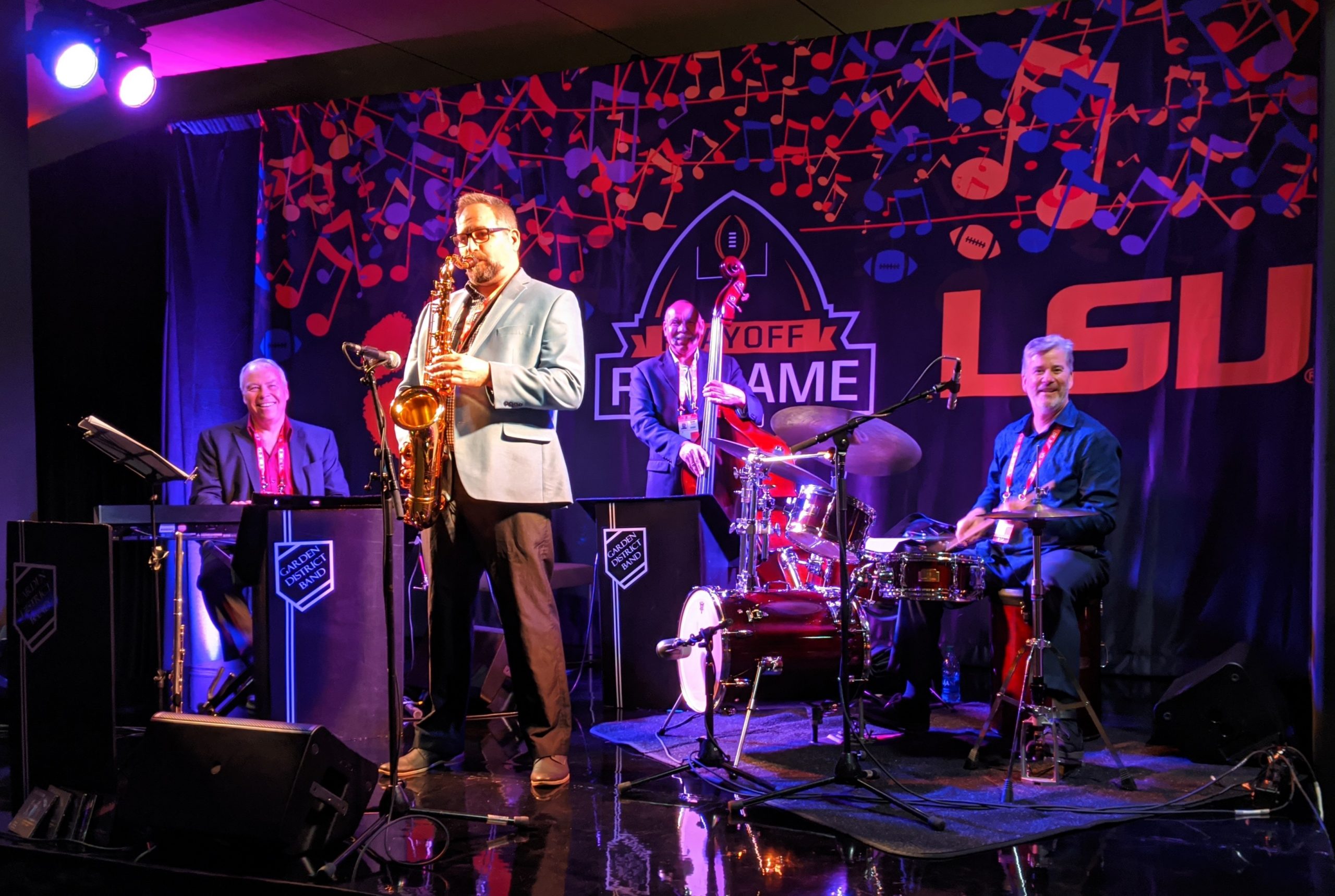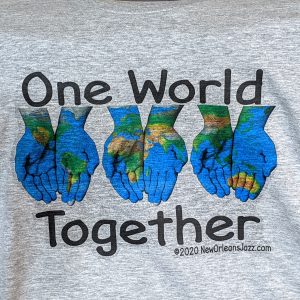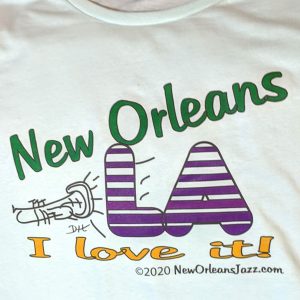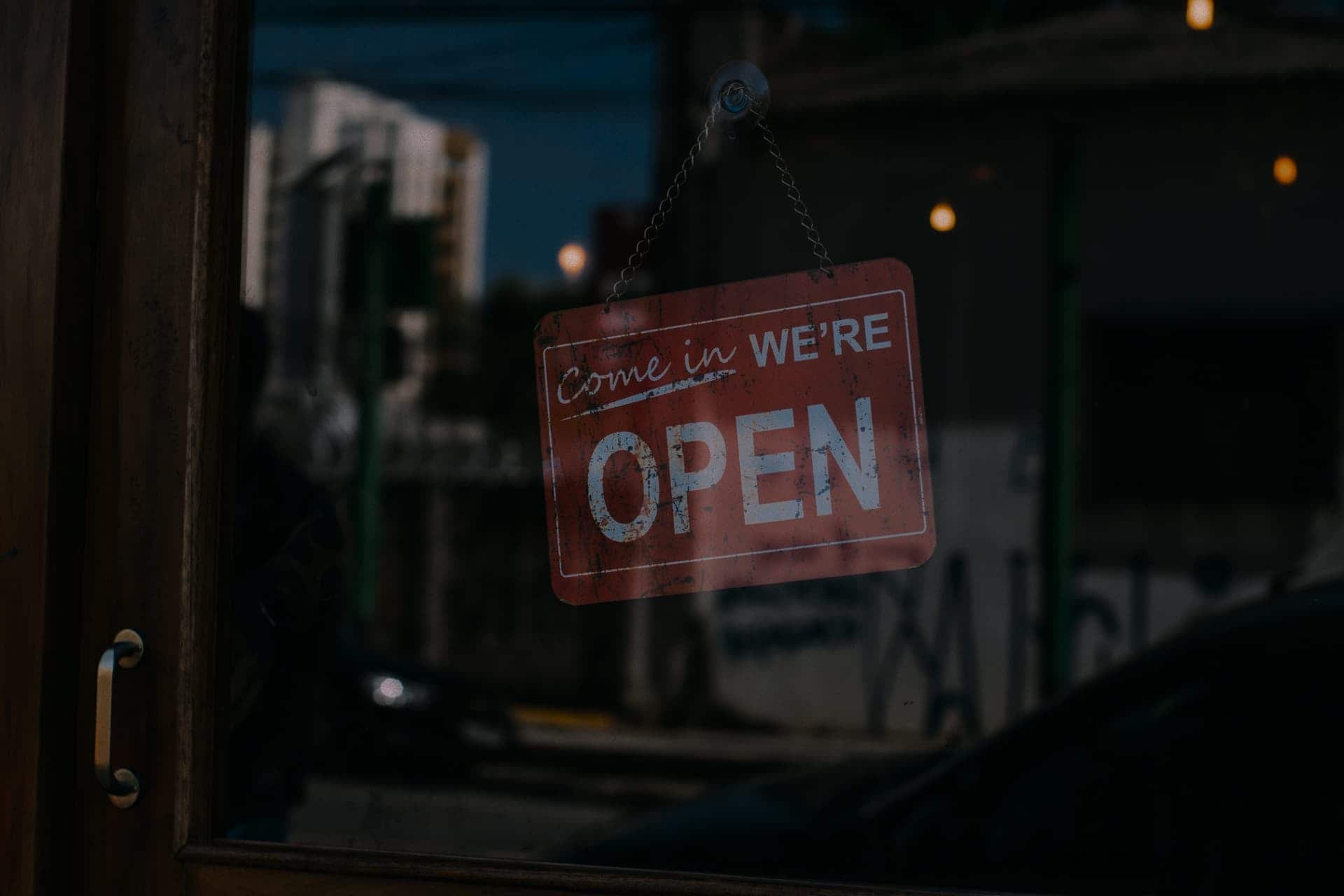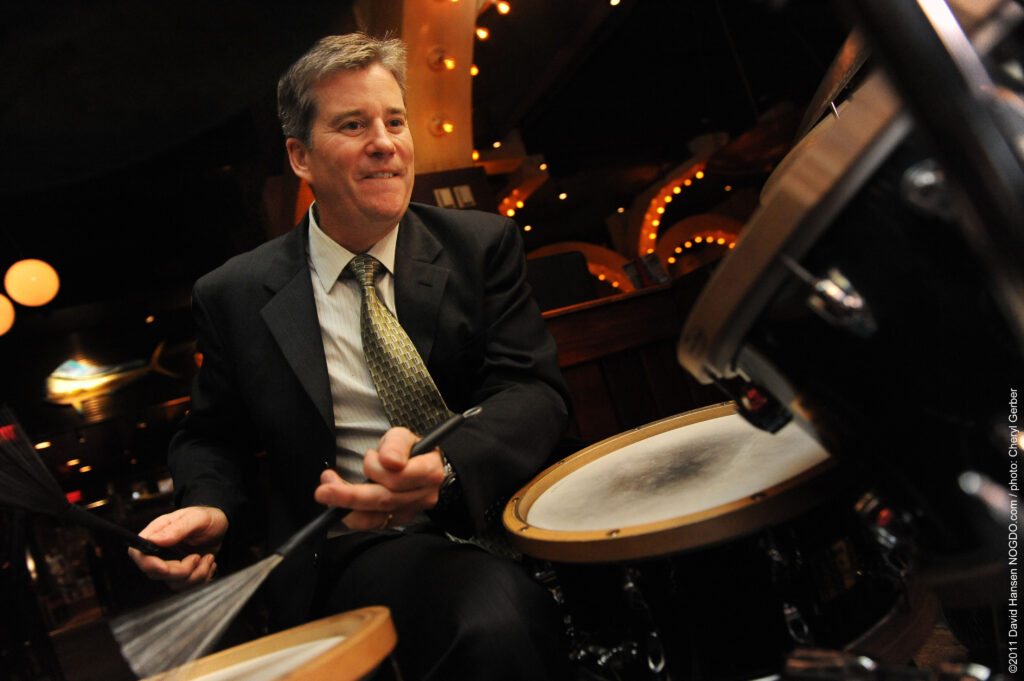A jazz history performance “form” is located at the bottom of this page.
Jazz History is:
musical, creative, inspiring, amazing and uplifting. Jazz history is also political, elusive, complex, sexual, racial, undermining, dark, smokey and sinister. All the elements that make up a perfect fictional story or movie theme for a best seller or blockbuster hit. It’s just that jazz history refers to real life stories and amazing music.
Where do we begin? To understand jazz, one must understand all the musical influences and the history leading up to the chance creative genius that unfolded to present a “new” music to the world. All of the pieces fit together nicely leading up to the jazz era. The stories surrounding the jazz era and told afterwards are vague at best, misleading and many times deceptive or one-sided. Today more than ever the stories are political in place of musical. We will attempt to provide a historical timeline based on factual information and let you the reader, historian, musician, listener and aficionado, take the information and digest it however you choose.
Jazz History 101
Welcome to the jazz history and information section:
We begin in 1718 and under French rule, a new land area is becoming New Orleans!
Think back to those times and what sort of music would have been present. European Classical, Military marches, opera and folk music would have been the most prevalent. No one had a radio, TV or recordings. Entertainment was self-made. Many homes had musical instruments with children to adults learning and performing music. Most music was read from sheet music. The classical instruments of piano, harp, violin and guitar would have been the most common and popular in private homes.
Also, remember these were terrible times in history with something called “slavery” especially in New Orleans. Fortunately, the multi-cultural influences of this port city were enhanced by a blend of unique melodies, song, rhythms and harmony from African slaves.
New Orleans was a port city (Port of New Orleans history pages) with commerce coming from the regions of Europe to South America. The shipmates would have spent much of their “off” time singing and performing their own folk songs … most likely with drink in bars or salons. As much as they would have kept to their own, in New Orleans, they would have merged or overlapped sharing their sounds around the city.
In the year 1724 slaves were given Sunday’s off. Sometime after that date Sunday’s in Congo square became a gathering place where African rhythms, song and dance with drums, bells, shakers and a gathering of 50 to 500 or more African slaves expressed their past culture. By 1850 Congo Square gatherings had ended, but the influences of multiple cross-cultures were solidified in the New Orleans region.
In 1762-1763 France turns over the New Orleans area to Spain. About 1798 to 1801 Spain gives Louisiana back to France and in 1803 the United States purchases the Louisiana region from France. At this point New Orleans is opened up to the rest of America and it is really important to note that the population of New Orleans doubled between 1803 to 1810 … yes, doubled in seven years! After the US purchase in 1803 there was a rush of immigration to New Orleans by Irish, German, Sicilian, Caribbean and American ethnic groups. …all bringing their own cultural heritage which included food and music.
The New Orleans Opera House was built in 1859 and lasted until a fire took it in 1919.
In the 1880’s solo Ragtime piano emerged and at the same time John Phillip Sousa (Concert-Military Band) was extremely popular. Their success spanned the late 1800’s straight through the 1920’s. Along with the Sousa marches, the most popular music of the day was Italian opera.
1895 brought us “Ragtime” with sheet-music published by Ernest Hogan (1895), Ben Harney (1896), William Henry Krell (1897) and the most famous, Scott Joplin (1899).
In 1904, Enrico Caruso, the Italian opera tenor, who lived in New York, was the first million seller of recorded music. In New Orleans, new styles were being formed by changing the feel and style of older songs. Buddy Bolden was labeled the loudest trumpet player in town, influencing other musicians and his band performed in New Orleans between 1900 to 1907. Jelly Roll Morton was a well-known ragtime pianist who began performing in sporting houses or brothels in New Orleans when he was abt. fourteen years old or abt. 1904. By 1911 Jelly Roll Morton was in Chicago and New York and he had a wonderful touring career with stops in Vancouver-Canada, back to Chicago, NY, Washington, DC and Los Angeles where he died in 1941.
In early 1900’s New Orleans, the white and black society bands (segregated by society) such as the Onward Brass Band and Papa Jack Laine’s Reliance Brass Band, were hammering out all the “popular” songs. The young musicians of each band didn’t realize they were in, what are called, “seed” bands. They were building their “chops” and learning their instruments for a new music that was about to arrive … that nobody knew about.
Note: new music wasn’t created in advance … it evolved and was born to popularity by cultural acceptance.
In 1916, twelve years after Enrico’s million selling opera hit a band-leader and drummer, Johnny Stein, took a band to Chicago to perform. His band was the very first to use the name “jass’ in a band’s name. The word had nothing to do with the music and was only a popular “slang” term applied to the band name. The band split up and re-formed under the direction of a New Orleans cornetist, Dominic James “Nick” LaRocca, and he called his band the Original Dixieland Jass Band. They were five talented “American” musicians from New Orleans with different ethnic backgrounds and they did not come from privileged backgrounds. Their early influences came from performing as sidemen with Papa Jack Laine, Braun’s Military Band and other Ragtime or society groups. They would have been influence by all the bands or groups they performed with around New Orleans during the early 1900’s as they were performing sidemen on society gigs. The group’s leader, Dominic James “Nick” LaRocca, was influenced by the music of the Opera House in New Orleans and John Phillip Sousa, as these were his idols. The music they performed and recorded was their own, with many original compositions and new interpretations of popular cover songs such as their “hits” with Dark Town Strutters’ Ball (entered into the Grammy Hall of Fame) and Back Home Again in Indiana. This band made American music history in 1917. From 1916 Chicago they were hired to play in New York City in January 1917 at Reisenweber’s Café, a supper and dance club, located at Columbus Circle and 58th Street. (This is where Jazz at Lincoln Center is located today.) While in New York this band was called in to record for both Columbia and Victor records. Before the end of 1917 they had successfully recorded, and their recordings sold world-wide outselling Enrico. They became the first “popular” American band to have a million selling “Hit” recording. This “popular” band was the Original Dixieland Jass Band. They were the second band to use the word “JASS” and the first to use this word on a recording. The record sales were spectacular, breaking every known record and their name and music were new, original, and fresh. Many people say the music they were performing was already being played in New Orleans, but record producers were sent to New Orleans and sent telegraphs back to the studios saying they couldn’t find the same style of music. This band was lucky to be at the right place (New York) at the right time (new recording equipment and studios) with a new music they were performing. It would be six years of the ODJB repeating million selling records every year until another band from New Orleans had the same success. The successful bands to follow were the New Orleans Rhythm Kings in 1922, and King Oliver in 1923 with sideman Louis Armstrong in his band.
… the rest is “jazz” history.
Below is a timeline of key important musicians/icons from New Orleans and some important information to help understand early New Orleans jazz.
George “Papa Jack” Laine (b. 1873) – not recorded. Leader of a brass band in the late 1800’s and early 1900’s that was a seed band for many young sidemen who became famous jazz musicians.
The Onward Brass Band (1st band): was in play from the late 1800’s and early 1900’s. They didn’t record. This was also a seed band for many musicians who later became known as jazz musicians, such as King Oliver. The talented drummer and composer, Paul Barbarin lead a rendition of the band in the 1960’s. There is a current band in play today that recorded in 2009.
Buddy Bolden (b. 1877) – not recorded and not a jazz musician as the musical definition term did not exist during his years as a performer. He is credited as an innovator “playing the loudest” and influencing musicians performing in the Saloons and gambling joints of the CBD area of New Orleans. Unfortunately, nobody knows how he sounded or performed as there are no recordings.
Joe “King” Oliver (b. 1885) first recorded jazz in 1923
Edward “Kid” Ory (b. 1886) first recorded jazz in 1922
Nick LaRocca (b. 1889) first recorded jass in early 1917 with his band: Original Dixieland Jass band … the very first jass recordings for both Victor and Columbia records. The band name and song titles on their record labels changed in September 1917 from “jass” to “Jazz” and they secured the name as a musical definition term from that point forward. These first million selling records outsold any others until 1923 and most bands changed their size and sound to follow the successful recordings of the ODJB.
Freddie Keppard (b. 1889) first recorded jazz in 1926
Ferdinand “Jelly Roll” Morton (b. 1890) a well known ragtime pianist, first recorded jazz in 1923
Sydney Bechet (b. 1897) first recorded jazz in 1924 then under his own name in 1932
Louis “Satchmo” Armstrong (b. 1901) first recorded jazz in 1923 then under his own name in 1925
Louis Armstrong is most definitely the best jazz “ambassador” of this music from New Orleans. His home in Corona, Queens, New York is a museum worth visiting.
Hire one of our specialized bands for a “jazz history performance”
These have been customized for 30 to 2,500 corporate attendees, 100 school children and may include a time-line of history performance, lectures, slide presentation and question/answer sessions: Complete the form below to start the process:

